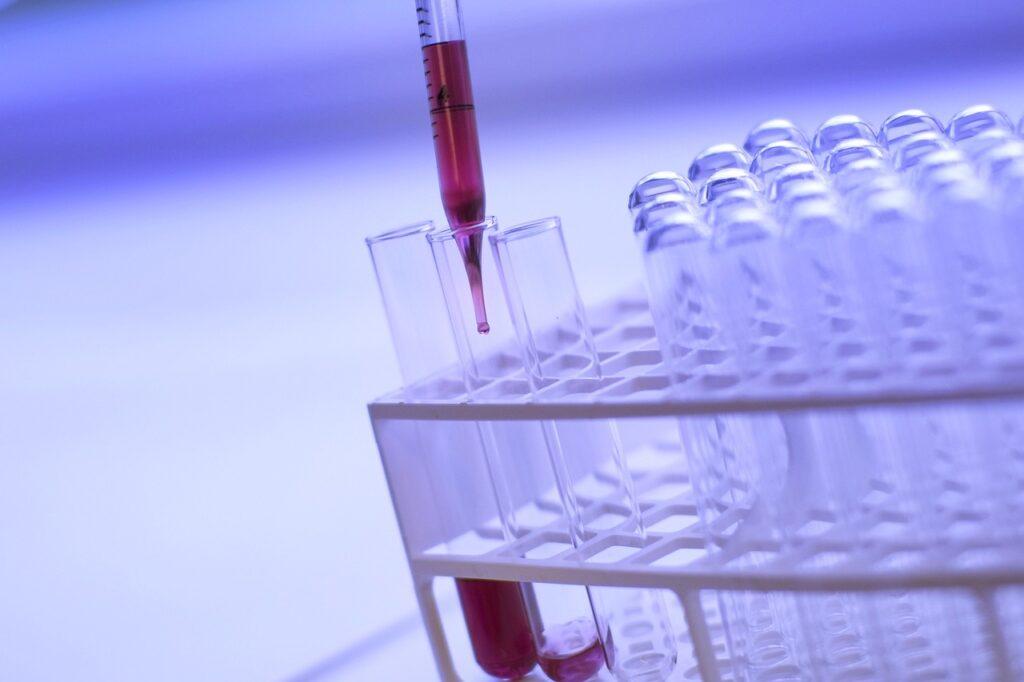Introduction:
When you visit a healthcare provider and a blood sample is taken, it sets off a detailed series of processes in a pathology lab. Understanding this journey can demystify the essential role these labs play in diagnosing and monitoring health conditions. Here’s a comprehensive look at what happens to your blood sample from the moment it’s collected until the results are delivered.

Process of Testing and Analyzing Blood Sample in Pathology Lab
1. Sample Collection
The journey begins with the collection of your blood sample. A healthcare professional, usually a phlebotomist or nurse, uses a sterile needle to draw blood from a vein, typically in the arm. The blood is collected in specific tubes that contain additives to prevent clotting and stabilize the sample for various tests.
Types of Tubes: Different tests require different types of tubes, which may contain anticoagulants (like EDTA), preservatives, or no additives at all. Each color-coded tube corresponds to a specific test or group of tests.
2. Labeling and Documentation
After collection, the blood sample is meticulously labeled with your identifying information (name, date of birth, time of collection) to ensure accuracy throughout the testing process. This labeling is crucial to avoid mix-ups or errors in results.
Requisition Forms: A requisition form accompanies the sample, detailing the tests requested by the healthcare provider. This form is critical for the laboratory staff to know what analyses to perform.
3.Transportation to the Laboratory
Once collected, the blood samples are securely transported to the pathology lab. Depending on the facility, this can involve hand delivery by a phlebotomist, transportation in a laboratory courier vehicle, or shipment through a designated carrier.
Temperature Control: Some samples, especially those for specialized tests, must be kept at specific temperatures during transport to preserve their integrity.
4. Receiving and Sorting Samples
Upon arrival at the lab, samples are checked in and sorted. Lab technicians inspect the samples for proper labeling and any signs of contamination or hemolysis (breakdown of red blood cells).
Tracking System: Each sample is entered into a laboratory information system (LIS), which assigns it a unique identification number for tracking throughout the testing process.
5. Preparation of Samples
Before testing, the samples may undergo preparatory processes. This can include:
Centrifugation: For many tests, the blood sample is centrifuged to separate the plasma or serum from the blood cells. This is essential for tests that analyze components found in the liquid portion of the blood.
Aliquoting: Sometimes, portions of the separated plasma or serum are transferred into smaller containers for specific tests while maintaining the integrity of the original sample.
6.Conducting Tests
With the samples prepared, the actual testing begins. There are several methods used in pathology labs, including:
Automated Analyzers: Many routine tests (like complete blood counts and metabolic panels) are performed using sophisticated automated machines that can handle multiple samples at once.
Manual Testing: Some tests, particularly those requiring specialized knowledge or analysis (like cultures for infection), are performed manually by trained laboratory technicians.
Molecular and Genetic Testing: Advances in technology have led to the use of PCR (polymerase chain reaction) and other molecular techniques that allow for detailed analysis of genetic material.
7.Quality Control
Throughout the testing process, quality control measures are in place to ensure accuracy and reliability. This includes running controls alongside patient samples to verify that the tests are functioning correctly.
Calibration and Validation : Equipment is regularly calibrated, and procedures are validated to maintain consistent performance standards.
8.Result Interpretation
Once the tests are completed, the results are compiled. Pathologists or medical laboratory scientists analyze the data and interpret the findings. They look for abnormalities or patterns that could indicate health issues.
Consultation: In cases of complex or unexpected results, pathologists may consult with other specialists or utilize additional tests to confirm findings.
9.Reporting Results
The final step in the process of blood sample analysis is reporting the results back to the healthcare provider who ordered the tests. Results can be communicated in several ways:
Electronic Reporting : Many labs use electronic health record (EHR) systems to send results directly to providers, ensuring quick access to critical information.
Printed Reports: In some cases, printed reports are generated and sent via fax or mail.
10.Follow-Up and Further Testing
Once your healthcare provider receives the results, they will discuss the findings with you and may recommend further testing, treatment, or monitoring based on the results. This step is crucial in managing your health and understanding any potential issues indicated by the tests.
The journey of your blood sample through a pathology lab is a complex yet highly organized process involving multiple steps and specialized professionals. From collection to reporting, each stage is essential in ensuring accurate diagnosis and effective patient care. Understanding this process can empower patients, providing insight into the critical role laboratories play in healthcare.
Book Your Full Body Health Check Up Today with Biocity Healthcare !



